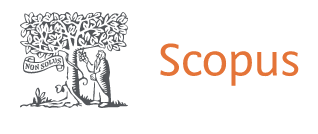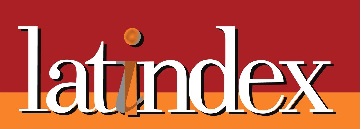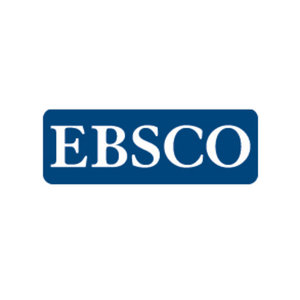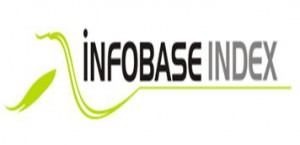Genetic divergence between pepper accessions based on quantitative fruit traits
DOI:
https://doi.org/10.15361/1984-5529.2019v47n1p83-90Abstract
The development of new Capsicum cultivars aiming to meet market requirements will depend, above all, on the genetic diversity of the study population. To quantify this genetic divergence, several multivariate techniques assessing quantitative traits have been employed. This study aimed to: i. estimate the genetic diversity among Capsicum chinense accessions from the Active Germplasm Bank of Plants of the Federal University of Viçosa (BGH-UFV); ii. indicate promising accessions for prospective studies of specific market niches; iii. evaluate the disposal of redundant traits. The experiment was conducted in a completely randomized design with four replicates, in which 11 C. chinense accessions were evaluated, based on 11 quantitative fruit traits. The data were subjected to cluster analysis by the UPGMA and Tocher methods, based on the quadratic Euclidean distance, to assess diversity. Afterwards, we used principal component analysis, Jolliffe’s method and procrustes analysis for the disposal of traits. The highest genetic dissimilarity was obtained between accessions 2 and 10. The phenotypic correlation coefficients obtained were 0.75 (UPGMA) and 0.91 (Tocher), the latter being significant by the Mantel test (p < 0.05). Six clusters were formed by using the Tocher method, four of which were composed by a single accession. Regarding the disposal of variables, traits TFDW, TFFW, PUN, %DM, FW, PT, and FL were shown to be disposable, and do not affect diversity prediction in terms of graphic dispersion. Accessions 9, 10, and 11 are indicated for in natura consumption, while accessions 2 and 3 are indicated for industrial purposes. These accessions showed the best results among the evaluated traits for the mentioned niches.
Published
How to Cite
Issue
Section
License
The authors, upon submitting the manuscript, agree that if it is accepted for publication, the copyright of the work will automatically be transferred to Científica: Journal of Agricultural Sciences.Opinions and concepts contained in the article and the reliability and accuracy of the information and references presented in it are the sole responsibility of the authors.









